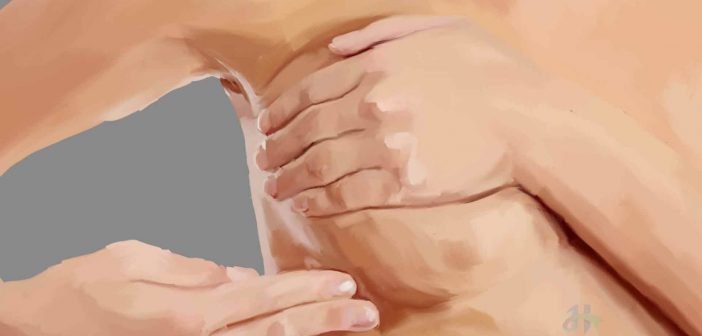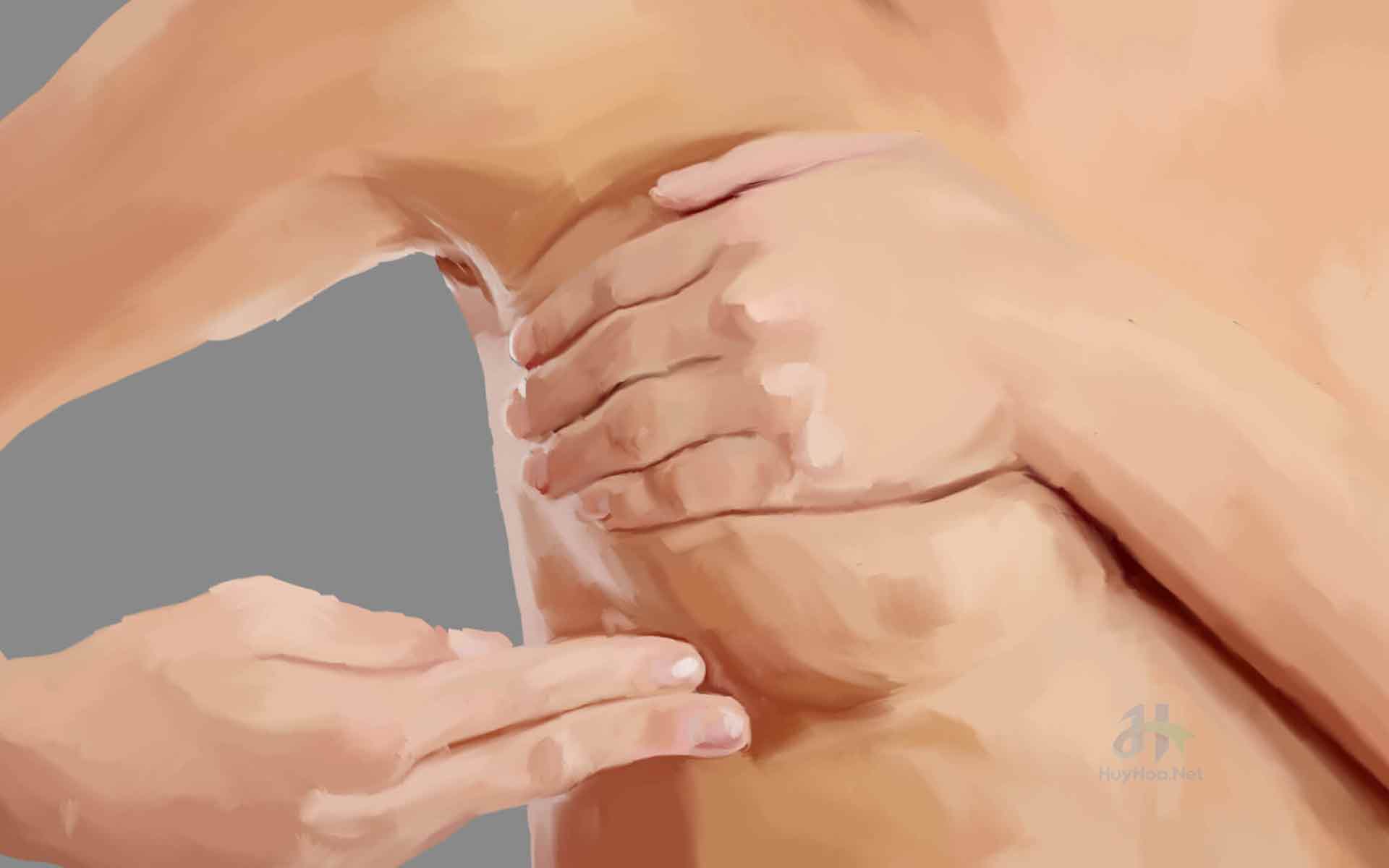Breast cancer is an uncontrolled growth of breast cells, often known as a malignant tumour. Cancer develops due to mutations or abnormal changes in the genes responsible for regulating the growth of cells. The term ‘breast cancer’ refers to a malignant (cancerous) tumour that has developed from cells in the breast. Breast cancer usually either begins in the cells of our milk-producing glands (lobules), or the passages that drain milk from the lobules to the nipple (ducts).
Table of Contents
Facts About Breast Cancer
- Breast cancer can affect both women and men. Around 400 men are diagnosed with breast cancer every year in the UK.
- Breast cancer can affect busts of all sizes. Small, medium, large. Breast size? Irrelevant.
- 1 in 8 women will develop breast cancer in their lifetime.
- Women who are diagnosed with breast cancer now are twice as likely to survive their disease for at least ten years compared to forty years ago.
- In 2011 around 49,900 women were diagnosed with breast cancer in the UK. That’s more than 130 women every day.
- Around 8 in 10 breast cancers are diagnosed in women aged 50 and over.
- In 2012 around 11,600 women died from breast cancer in the UK. That’s around 32 every day.
- In 2012 around 1,200 deaths from breast cancer occurred in women aged under 50 in the UK.
Love your breasts!
Before anything I would like to clarify something that not many talk about. Your relationship with your wonderful breasts. Unfortunately, due to the media, the minds of many women today are corrupted regarding how they perceive their bodies and overall appearance.
Instead of wishing you had bigger, smaller or rounder boobs, take some time to appreciate and love yourself and your features just as they are! I think a lot of women today take breasts for granted and we don’t actually realise how important it is to love and care for our breasts.
Another thing I must stress is please don’t sleep with a bra on! Give your breasts a rest from being tightly held up when it’s time for bed. If it bothers you too much going without a bra when sleeping, slip into a sports bra (without an underwire) so that you feel more comfortable and your girls feel nice and snug.
Now, time for girl talk. Don’t be too shy to share the love with your breasts by giving them daily massages.
Breast massages help to rid of unhealthy toxins that can build up in breast tissue, increase circulation and supposedly help to keep your breasts supple. They can also help relieve breast pain.
Not only are breast massages important for this, but are the key cornerstone in familiarising yourself with your breasts and making you aware of what is normal for you when checking them.
How To Check Yourself
Although breast cancer is more prevalent in women over the age of 50, I feel it is just as important for younger ladies to check their breasts as early detection can save lives. Especially if your family has a history of breast cancer, or just a relative. It is important for you to self-examine your breasts at least once a month.
Here are the ways in which you can check your breasts
- Use two/three fingers.
- With your fingers make circular-like motions across the upper, middle and lower region of your breast.
- ‘Walk’ your fingers over your breast area, leading up towards your armpit.
- With slightly more pressure, press your fingers against a particular area of your breast and drag downwards as well as around.
- Look at your breasts in the mirror with your hands on your hips and your shoulders straight.
- Raise your arms in the mirror and look for any changes.

You could do this while you are:
- In the shower – A lot of women report they can get a better feel of their breasts when in the shower.
- In front of a mirror – To get a better visual aid.
- Laying down – Laying down will make it easier as breast tissue is spread evenly against the chest wall.
No matter which way you do it, you should always look for Breast Cancer Signs and bear in mind what is normal for you.
- Lumps or thickening of breast tissue.
- Continuous pain in a breast or armpit.
- Puckering or dimpling of the skin (people often refer to this as orange peel skin).
- Nipples becoming inverted, changing shape or position.
- One breast becoming larger or lower.
- Developing a rash on or around your nipples.
- Nipple crusting or producing discharge (particularly bloody discharge).
- Swelling under the armpits.
- Redness of the breast skin.
What if my breasts are showing these signs?
If you are on your period around the time you examine yourself, it is best to wait until the end of your menstrual cycle. A lot of women often confuse menstrual symptoms with breast cancer such as the swelling of breasts, tenderness and possibly lumps. Most breast lumps are not cancerous but it is always better to be safe than sorry.
However, if you know these signs are not normal for you and your family has a history of cancer, or you are just a little worried; you should see your GP for further examination, advice and where to take it from there. After examining your breasts, you may be referred to a specialist breast clinic for further tests or to your local hospital for a mammography (breast screening).
I also recommend these sites for useful information and support:
Health Talk (breast cancer in men)
We must not forget those we have lost, those who are battling and those who have won that battle. My heart goes out to anyone who has been affected by this monstrous disease.
It is vital to spread awareness and extend support so share this post with everyone you know! Your mothers, aunties, sisters, cousins, friends… anyone.
I hope this post was helpful to anyone that reads it, and I hope I have inspired people to check their breasts more regularly!

